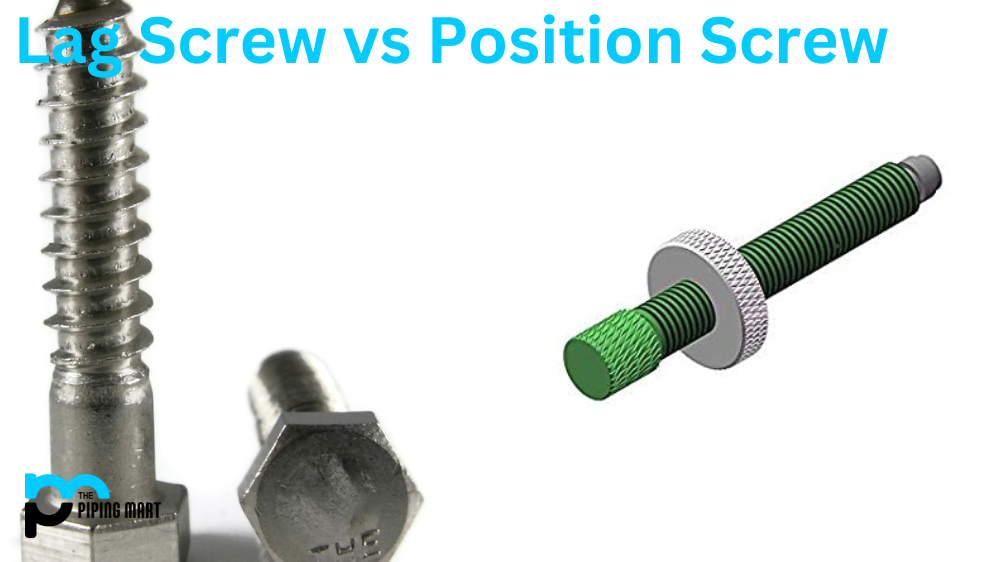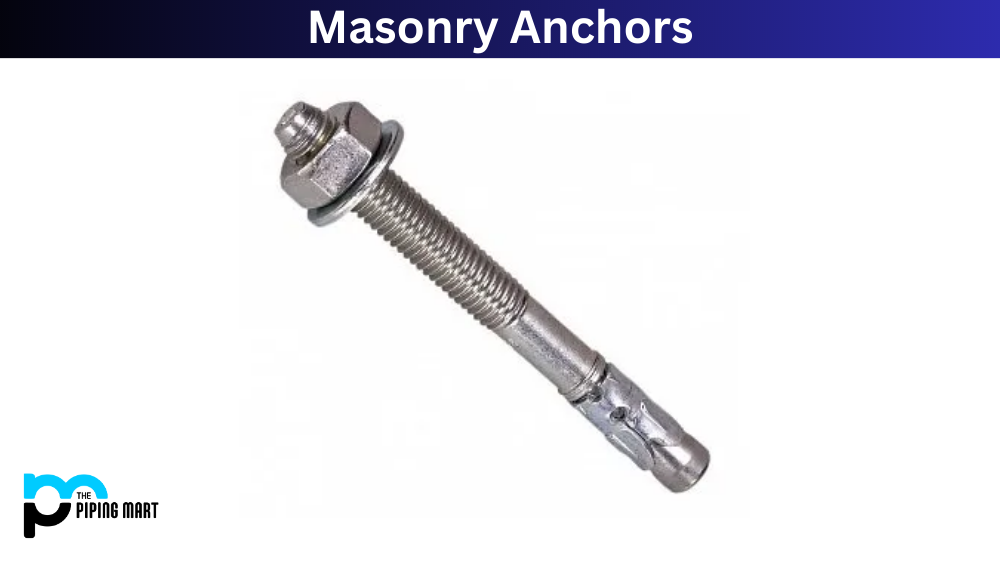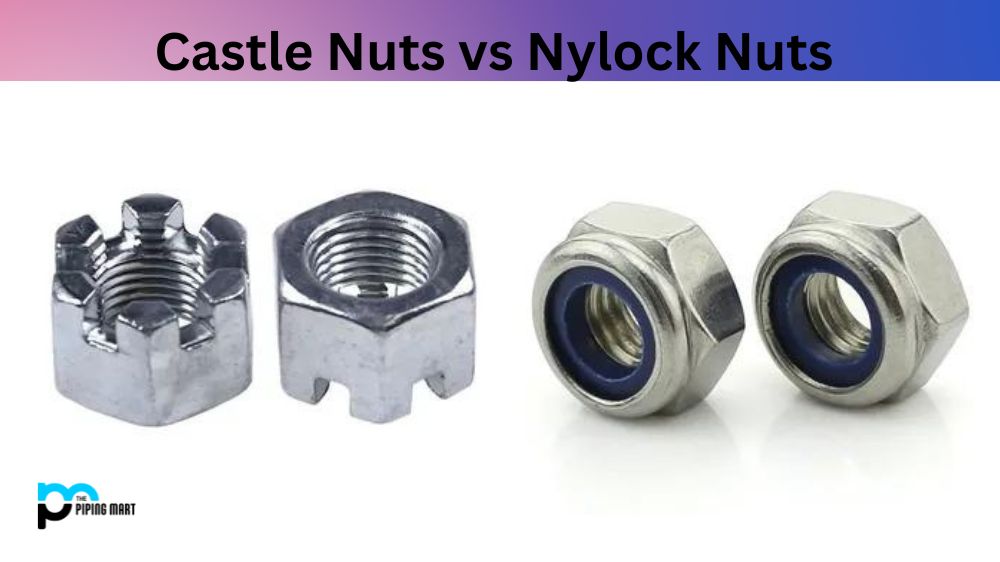When it comes to building things, screws are essential. They help keep things together and provide structure, stability, and support. But with so many screw types and sizes available, choosing the right one for your project can be challenging. This blog post will outline the differences between lag screws and position screws and when to use each type.
What is Lag Screw?
Lag screws, also known as coach screws, are heavy-duty screws used for projects that require extra strength and durability. These screws are typically larger and thicker than traditional screws and have a pointed tip that helps the screw penetrate hard materials like wood, metal, or concrete. Lag screws are ideal for projects that require a robust and secure connection, such as building decks, fencing, or large wooden structures.
What is Position Screw?
Position screws, also known as wood screws, are much thinner than lag screws and have a flat end instead of a pointed end. These screws are used for more delicate projects requiring a less aggressive approach. Position screws are perfect for small home projects like installing kitchen cabinets or hanging pictures on the wall.
Difference Between Lag Screws and Position Screws
The main difference between lag screws and position screws is their size and strength. Lag screws are much larger and thicker than position screws and are designed for more demanding projects that require extra power. Position screws, on the other hand, are thinner and more delicate, making them perfect for smaller, less challenging tasks.
When to Use Each Screw
Knowing when to use each screw type is crucial to ensure your project is successful. Here are some guidelines to follow when choosing between lag screws and position screws:
- Use lag screws for any project that requires extra strength and stability, such as building a large wooden structure.
- Use position screws for smaller home projects like installing shelves, hanging pictures, or attaching brackets to the wall.
Advantages of Lag Screws
One of the primary advantages of lag screws is that they can be used for various applications. Lag screws can be used to attach two pieces of wood together or to secure one piece of timber to another material. Also, lag screws are available in various sizes and lengths, making them suitable for small and large projects.
Advantages OF Position Screws
One of the primary advantages of position screws is that they offer precise alignment for applications where it is required. Position screws can also be used with other fasteners like nails or bolts to create a more secure connection. Additionally, position screws are less likely to loosen over time than other fasteners.
Conclusion
In summary, lag screws and position screws have distinct differences in size and strength, making them better suited for specific projects. Whether building a deck or installing pictures on the wall, choosing the right screw is essential to ensure your project is stable, secure, and durable. Following the guidelines outlined in this blog post, you can make informed decisions about which screw type to use and achieve the best possible results.

Abhishek is a seasoned blogger and industry expert, sharing his insights and knowledge on various topics. With his research, Abhishek offers valuable insights and tips for professionals and enthusiasts. Follow him for expert advice on the latest trends and developments in the metal industry.




